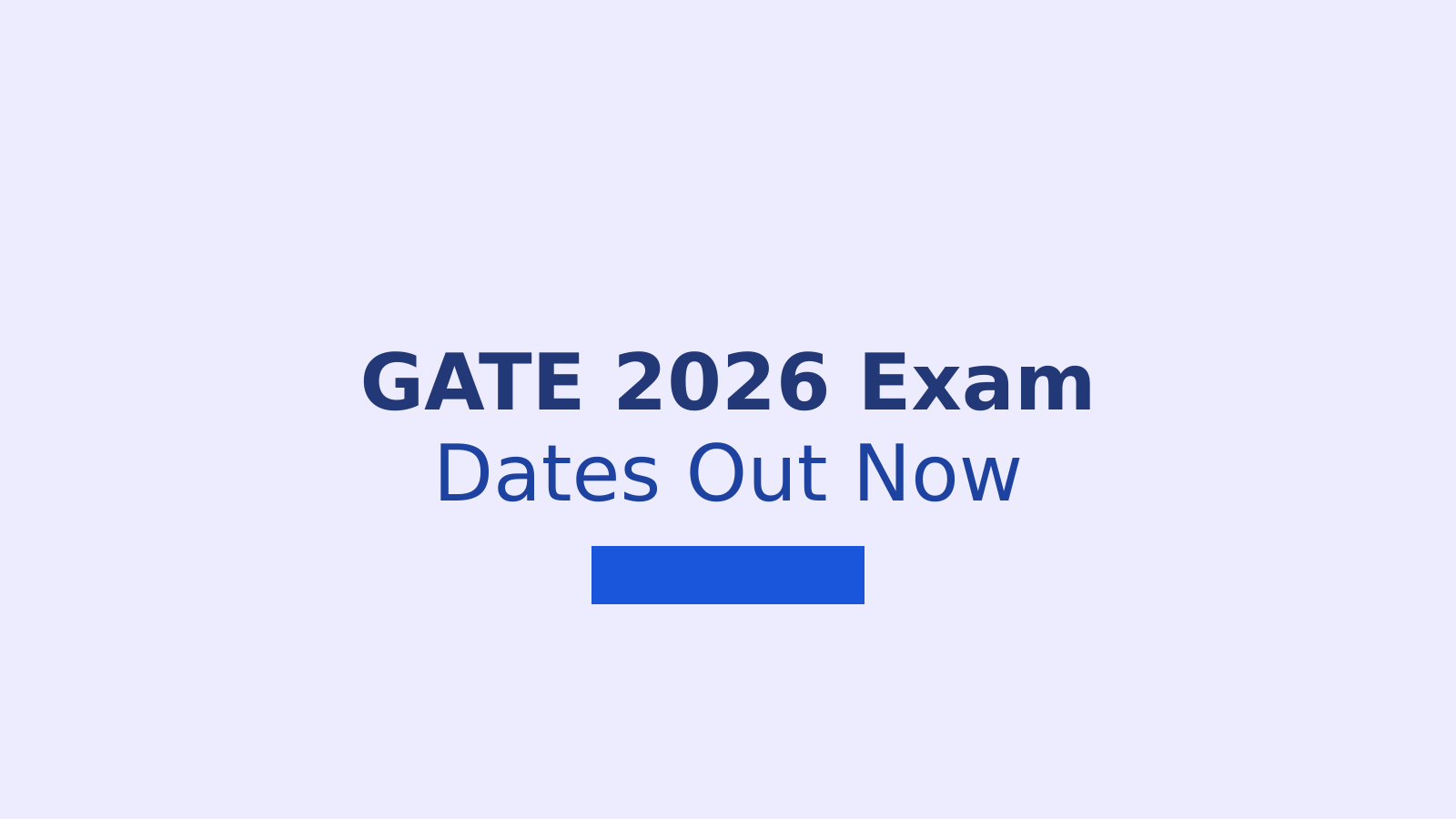Eight high-speed corridors, ring road projects launched in 100 days of Modi 3.0 to cut travel time by 60%
In the first 100 days of the Modi 3.0 government, the Ministry of Road Transport and Highways launched multiple key infrastructure projects aimed at improving road transport connectivity, reducing travel time, and enhancing the logistical framework in India. These initiatives are set to have far-reaching impacts on both the economy and industrial sectors.
Key Projects: The ministry announced eight major high-speed corridor and ring road projects to boost transportation and logistics across various regions:
- Agra-Gwalior Corridor
- Kharagpur-Moregram Corridor
- Dharad-Mehsana-Ahmedabad Corridor
- Ayodhya Ring Road
- Pathalgaon-Gumla Corridor
- Kanpur Ring Road
- Guwahati Ring Road
- Nashik Phata-Khed Elevated Corridor
These projects are expected to cut travel time by up to 60% and increase traffic capacity. Additionally, they aim to generate over 5 crore man-days of employment, boosting local economies and improving connectivity for industrial and commercial purposes.
Achievements in Infrastructure: Other notable achievements in road infrastructure include:
- Approval of 215 kilometers of new road projects worth ₹5,000 crore in Karnataka, Uttarakhand, Uttar Pradesh, and Rajasthan.
- Completion of 219 kilometers of high-speed corridors, increasing the national tally to 2,357 kilometers.
Technological Advancements and Policy Initiatives: The ministry also focused on modernizing toll collection and improving road safety through various technological upgrades:
- Barrier-Free Tolling: A pilot project using Global Navigation Satellite System (GNSS) was launched to streamline toll collection.
- Road Safety Initiatives: A cashless treatment scheme for road accident victims was introduced in Assam and Chandigarh.
- Automated Traffic Management System (ATMS): Implemented across 428 kilometers of highways to improve traffic management.
- Vehicle Scrapping Policy: A total of 46,000 vehicles were scrapped as part of an environmental initiative.
- Digitalization of Services: 12 RTO services were made available online, promoting transparency and ease of access for citizens.
Source: https://www.financialexpress.com/business/roadways-eight-high-speed-corridors-and-ring-roads-launched-in-100-days-of-modi-3-0-to-cut-travel-time-by-60-3617003/
Question: Which country has the largest road network in the world?
- USA
- India
- Brazil
- China
'One Nation One Election' proposal gets Cabinet nod: What next? What are the challenges?
The Union Cabinet has approved the recommendations of a high-level committee (HLC) headed by former President Ram Nath Kovind to implement the "One Nation, One Election" initiative. This move aims to conduct simultaneous elections for the Lok Sabha, state assemblies, and local bodies, creating a unified electoral cycle across the country.
Key Details of the Proposal:
- The HLC has recommended 18 constitutional amendments, including changes to Articles 83 and 172, which govern the terms of the Lok Sabha and state assemblies, respectively.
- The proposal suggests two phases for implementation:
- Phase 1: Alignment of Lok Sabha and state assembly elections.
- Phase 2: Integration of local body elections within 100 days of the first phase.
- The first simultaneous elections are expected to occur by 2029, requiring amendments to synchronize state and national elections, despite differing assembly tenures across the country.
Historical Context:
- India held simultaneous elections from 1951 to 1967, with elections in 20 states coinciding with the national elections in 1967.
- Over time, due to mid-term elections and varying assembly terms, elections became more staggered.
Challenges and Practical Considerations:
- Constitutional Amendments: The proposal requires constitutional amendments, particularly for implementing a single electoral roll and voter ID card system.
- Political and Parliamentary Consensus: Since the ruling BJP does not hold a majority in the Lok Sabha, the success of this initiative hinges on securing support from opposition parties and state governments.
- Managing Different Assembly Tenures: Implementing this system requires maneuvering assembly election dates, advancing some polls, and delaying others to align with Lok Sabha elections.
Arguments For and Against:
- Support: Proponents argue that simultaneous elections will reduce the financial burden on the public exchequer and ensure policy continuity. The Janata Dal (United), a key NDA constituent, has endorsed the proposal.
- Opposition: Critics, such as Congress president Mallikarjun Kharge, claim that simultaneous elections are impractical and allege that the ruling party brings up such proposals to divert attention from pressing issues before elections.
Source: https://www.hindustantimes.com/india-news/one-nation-one-election-proposal-gets-cabinet-nod-what-next-what-are-the-challenges-101726706061489.html
Question: When was the last simultaneous election held in India in context of "One nation, One Election"?
- 1967
- 1951
- 1976
- 2012





-1762355448304897.png)
-1762354963109744.png)